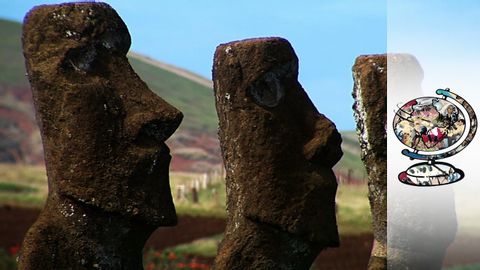
Subtitles & vocabulary
Ageing Rock Stars - Easter Island's crumbling monuments
00
吳曜任 posted on 2014/04/22Save
Video vocabulary
museum
US /mjuˈziəm/
・
UK /mjuˈzi:əm/
- Countable Noun
- Building to display art/science/history objects
A2
More people
US /ˈpipəl/
・
UK /'pi:pl/
- Noun (Countable/Uncountable)
- Persons sharing culture, country, background, etc.
- Men, Women, Children
- Transitive Verb
- To populate; to fill with people.
A1
More bird
US /bɜ:rd/
・
UK /bɜ:d/
- Noun (Countable/Uncountable)
- Animal with feathers that uses wings to fly
- (British slang) A woman or girl.
- Intransitive Verb
- To watch birds in their natural environment.
A1
More year
US /jɪr/
・
UK /jə:/
- Noun (Countable/Uncountable)
- Unit of time equal to 12 months or 365 or 366 days
- Used to refer to the age of a person
A1
More Use Energy
Unlock All Vocabulary
Unlock pronunciation, explanations, and filters
